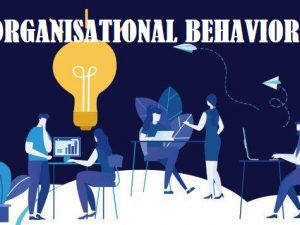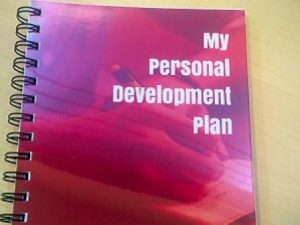| Table of content |
1.0 Introduction
2.0 Company background
3.0 Convergence – divergence trends in HRM systems in McDonald’s
4.0 How convergence and divergence theories affects to HRM practices
4.1 Recruitment and selection
4.2 Employee development
4.3 Employee relations and engagement
4.4 Reward system and performance management
5.0 Recommendations
6.0 Conclusion
References
|
| Preview |
1.0 Introduction
In last few decades, globalization has impact every aspects of the business. Globalization is the process of international economic integration in global market. World trade has been boost due to globalization and it lead to develop a single international market for good and services. Therefore, globalization has also changed the dynamics of the human resource practices in multi-national companies. International human resource management (IHRM) is the method of managing people by multinational companies in all over the world without considering boundaries. This study focus on convergence and divergence HRM practices of McDonalds and identify the main issues and theories related to globalization and internationalization of the company. Further, this study analysis the HRM and HR planning processes such as recruitment and selection, training and development, performance and reward and employee relations related to McDonalds.
2.0 Company background
McDonald’s is the one of biggest fast food restaurant chains in the world and it is the biggest restaurant chain in the world by revenue. McDonald’s Corporation founded in 1940, California, USA. Then, in 1955, McDonalds turned into a franchise business and started restaurants all over the USA (McDonald’s annual report, 2018). When it comes to 2018, company was serving more than 69 million customers daily across over 37,850 in more than 100 countries. McDonalds is also among Fortune 500 companies which ranks the largest corporations by revenue. McDonalds has 375,000 employees and including franchises number rises to 1.7 million (McDonald’s annual report, 2018). Therefore, McDonald’s is considered as second largest private employer of the world, which is only second for Walmart. Most of these outlets are functioned by the mother company or franchisee. Further, there are license agreements in foreign affiliated markets. Annual revenue of McDonald’s was recoded as USD 20.025billion in 2018 McDonald’s annual report, 2018).
McDonald’s is considered as symbol of globalization. Employees from different backgrounds works in the McDonalds and works to achieve one vision. Whether they are corporate employees or franchise employees, all of them work in similar corporate culture. Employees of the McDonald’s just not become the member of one of biggest global brand but also continuously develop their professionalism in the environment of flexibility, diversity, equality and opportunity. Therefore. McDonald’s is a suitable company to analysis the convergence – divergence HRM practices to identify how multinational company manage their human resources across the nations. McDonald’s use a statement called “Hire the Smile” as a policy of company to hire the employees. Further company believes that it is not enough to recruit happy and confidence employees and also need to make sure they continuously work happily. Therefore, McDonald’s is an appropriate multinational company to understand the recruitment, training, performance appraisal, reward and other HR practices.
|





